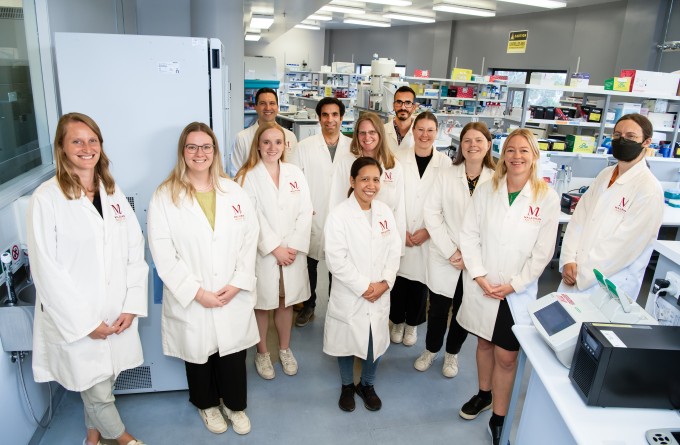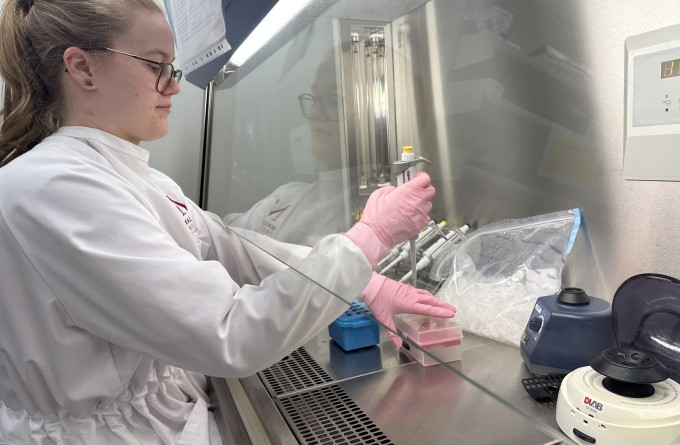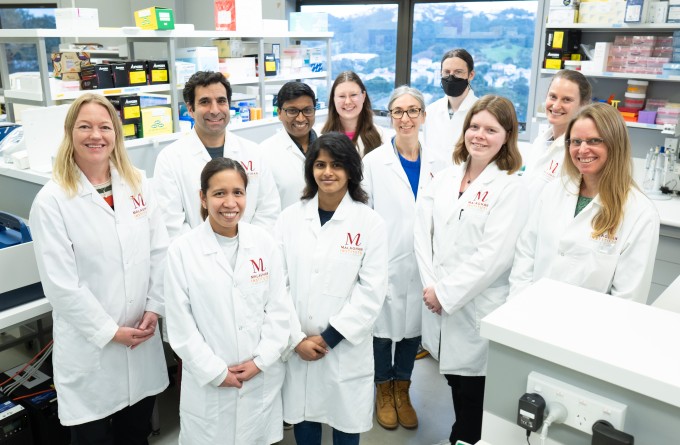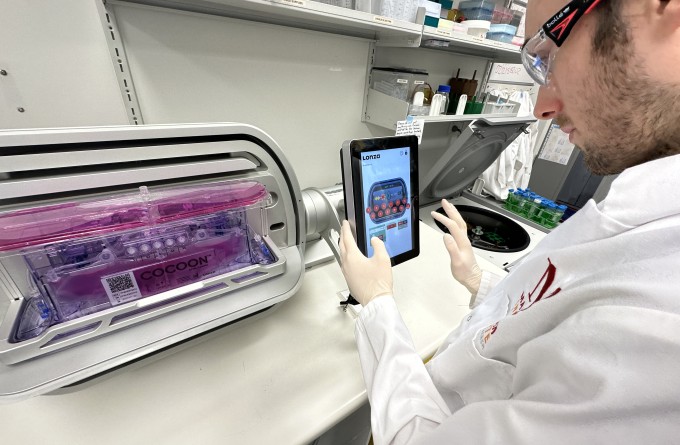3 May 2021
How a cell behaves tells us a lot about its role and its function. When we want to know what a cell is up to, one way we can do this is by looking at its outputs – such as the kinds of proteins it’s making or the chemical signals it’s producing.

But looking at a cell’s outputs to determine its function is like looking at a cake and trying to figure out its ingredients. We can get a general idea of what’s going on – but if we really want to know what’s happening, and more importantly why, we need to get a closer look. In the context of cells, when we want a closer look at what’s really going on inside cells, we need to look at their genes.
When a cell wants to make a protein, it ‘transcribes’ a small portion of its genetic material – or gene – that contains the instruction on how to make it. These instructions, or ‘RNA transcripts’ are then carried to the cell’s manufacturing components which construct the protein based on the instructions. By knowing which transcripts the cells are making, and how many of them are made, we can build a much more detailed and accurate picture of what’s going on inside the cell at a given point in time.
This is the level of detail that our latest piece of technology, the BD Rhapsody operates at. It will provide scientists from around the country the ability to look in-depth at what genes are active in a sample, and better determine what the immune cells were up to at the time of collection.
“Single-cell RNA sequencing is a very powerful technique. It gives us a snapshot of the gene expression of an individual cell,” says Sventja von Daake, Cytomic Specialist in the Institute’s Hugh Green Cytomety Centre. “One of the exciting things about the BD Rhapsody is that a huge number of cells (around 20,000) can be sequenced at the same time while collecting data on the RNA from each individual cell.
“Previously, if we wanted to do a similar experiment, we would need to send samples overseas. This was problematic because it required us to freeze samples for transportation, which often alters or even damages the sample, affecting the quality of results.”
While still in its testing phase, the RNA sequencer is already proving a useful tool for several Malaghan research groups. Having access to such powerful tools helps our scientists create more informed hypotheses, accelerating our discovery potential for understanding and treating disease. The Immune Cell Biology team has already started using this technology to investigate how immune cells in the skin develop and acquire their skin-specific roles, an important step in the development of allergies and atopic disorders.
Related articles

Malaghan RNA researcher named KiwiNet Emerging Innovator
4 September 2024

Hugh Green Technology Centre: driving innovation and support of medical research
12 July 2024

Shooting for the stars, propelling our research in the information age
21 March 2024

In Focus: Tailoring mRNA vaccines for immunocompromised populations
14 December 2023

Philanthropic partnership sees record $15 million boost to biomedical research
12 December 2023

Malaghan Institute and BioOra deliver automated manufacturing to scale up CAR T-cell cancer therapy in NZ
16 August 2023
